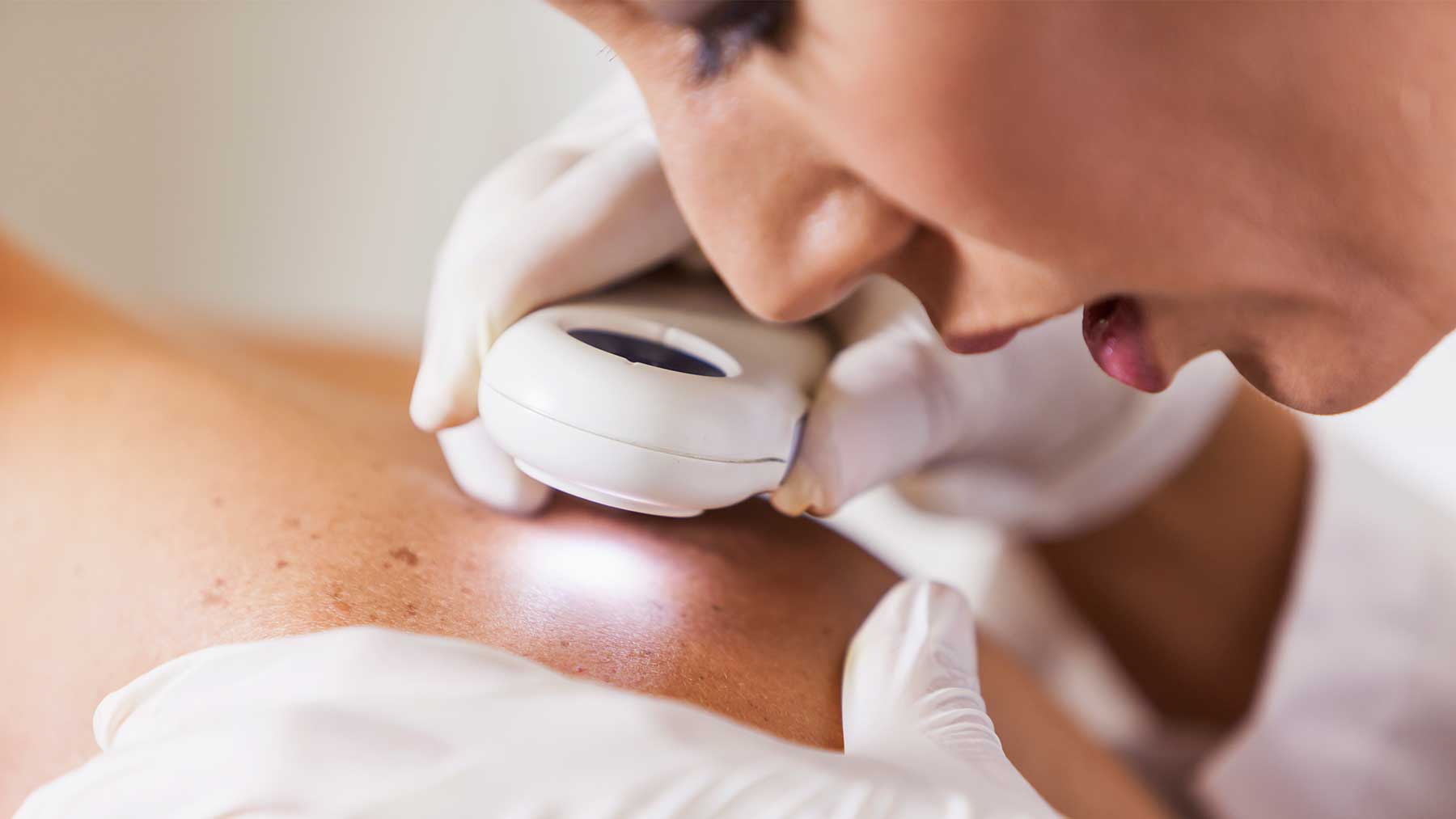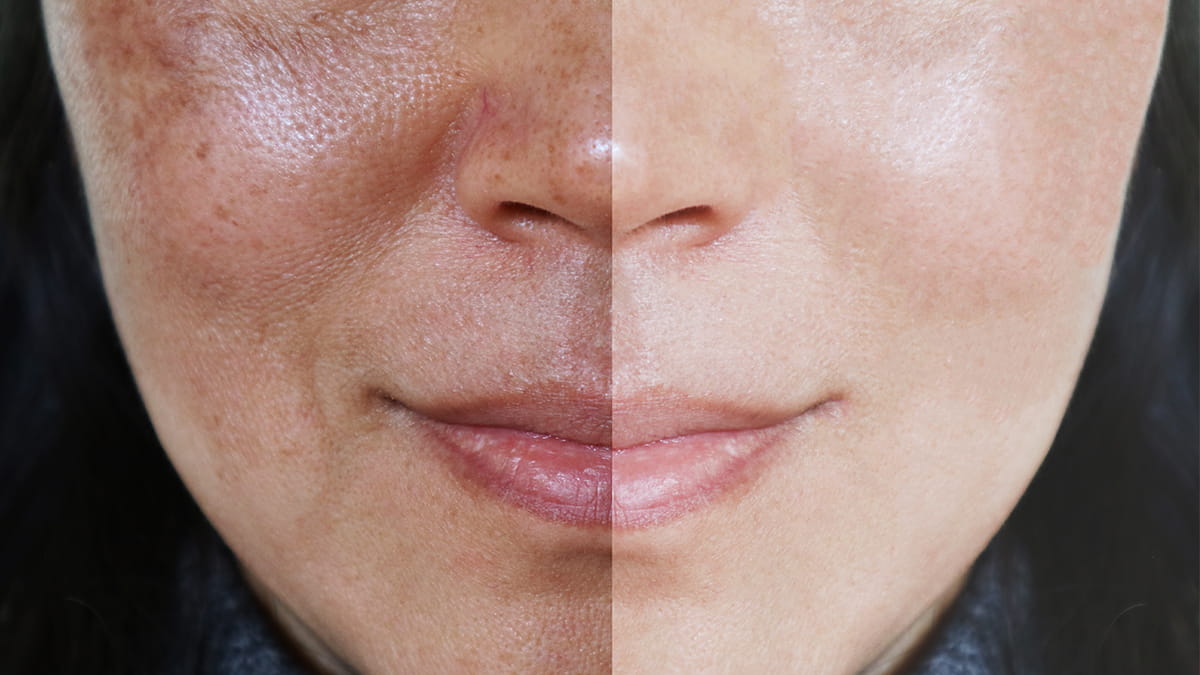Do I need to see a dermatologist?

The summer months are a time for family vacations, pool days and outdoor activities. Although soaking up the sun may be at the top of your to-do list this summer, it’s important to keep sun safety in mind at all times.
According to the American Academy of Dermatology, skin cancer is the most common type of cancer in the United States. Individuals spending time outdoors should wear protective gear, use sunscreen and limit their time in direct sunlight. It’s also important to regularly visit your dermatologist to be proactive and keep your skin healthy.
How often should you see a dermatologist?
Annual skin exams are recommended to ensure overall skin health. These yearly exams include a thorough check of the skin, including the face, scalp, trunk, extremities, hands and feet. It’s important for the patient to feel comfortable during the visit, but it’s also important for your dermatologist to be able to view all of your skin. At your visit, be sure to point out any new skin lesions, any changing skin lesions or those that have symptoms such as itching, bleeding or pain.
Why visit the dermatologist?
Our expertise is everything related to the skin, hair and nails. Patients seek dermatology care for routine skin checks as part of a holistic healthcare maintenance regimen for preventative care and for general questions regarding hair, nail and skin health.
Other reasons could include something as routine as acne, rosacea, skin rashes, skin sensitivity and allergies, and warts. Other factors could be inflammatory conditions such as eczema or psoriasis, to more complicated skin diseases such as lichen planus, cutaneous T cell lymphoma and lupus; hair disorders, such as female and male pattern baldness, sudden hair loss from telogen effluvium or alopecia areata, and infectious tinea capitis. Nail disorders can encompass infectious to inflammatory, such as acute paronychia and nail fungus to nail changes from psoriasis.
Dermatology isn’t just skin-deep. There are cutaneous manifestations of systemic diseases, meaning your skin can provide clues to internal medical conditions. Rheumatologic diseases, such as thyroid disease, diabetes and lupus, can have significant skin changes that dermatologists recognize and treat. For this reason, patients may be seen more frequently for ongoing dermatologic conditions that require monitoring, particularly if new treatments are recommended to assess progress and improvement.
How can you keep your skin healthy and avoid skin cancer?
Common causes of skin cancer are chronic, intense skin exposure; tanning bed use; childhood sunburns; genetics, especially patients with fair skin or red-headed individuals; family history of moles; high density of moles; and immunosuppression. Making sure you wear protective clothing, such as hats and rash guard shirts, and avoiding direct sunlight are important ways to reduce the risk of developing skin cancer.
Yearly skin screening exams are encouraged to reduce the risk of skin cancer going unnoticed. If you have a prior history of skin cancer or ongoing precancerous lesions needing treatment, it’s recommended that you visit the dermatologist every six months. Patients recently diagnosed with melanoma should be monitored every three months.
Susan Massick is a dermatologist at The Ohio State University Wexner Medical Center. Follow her on Twitter @SusanMassickMD.




